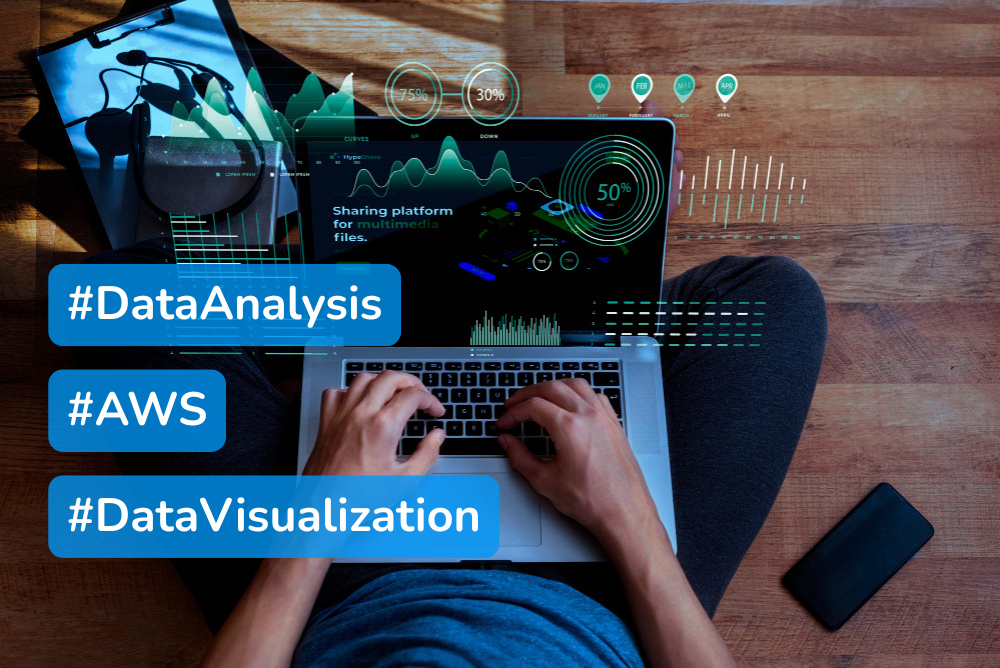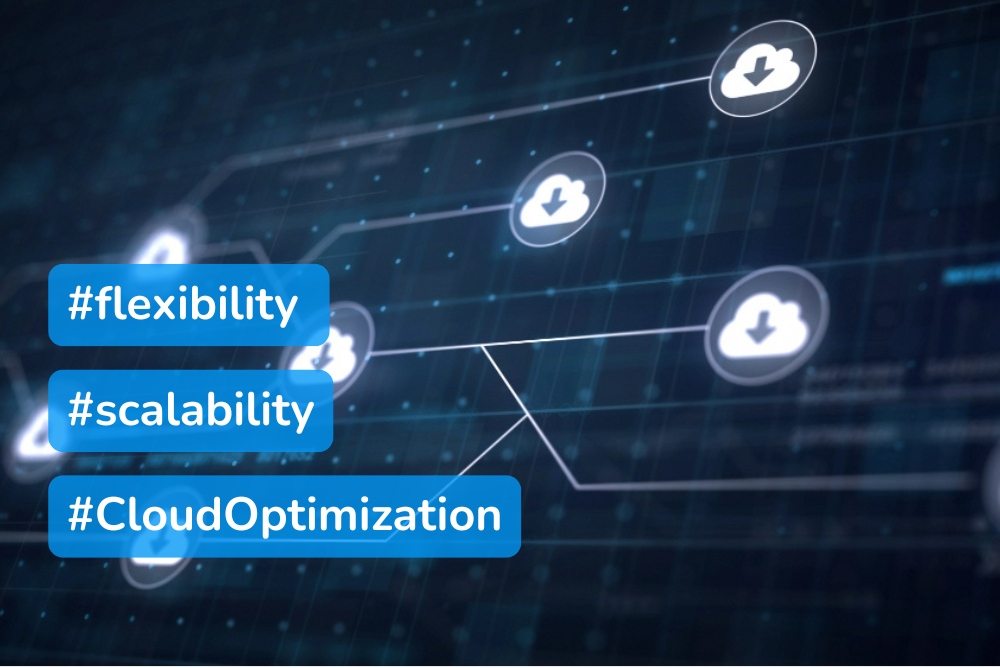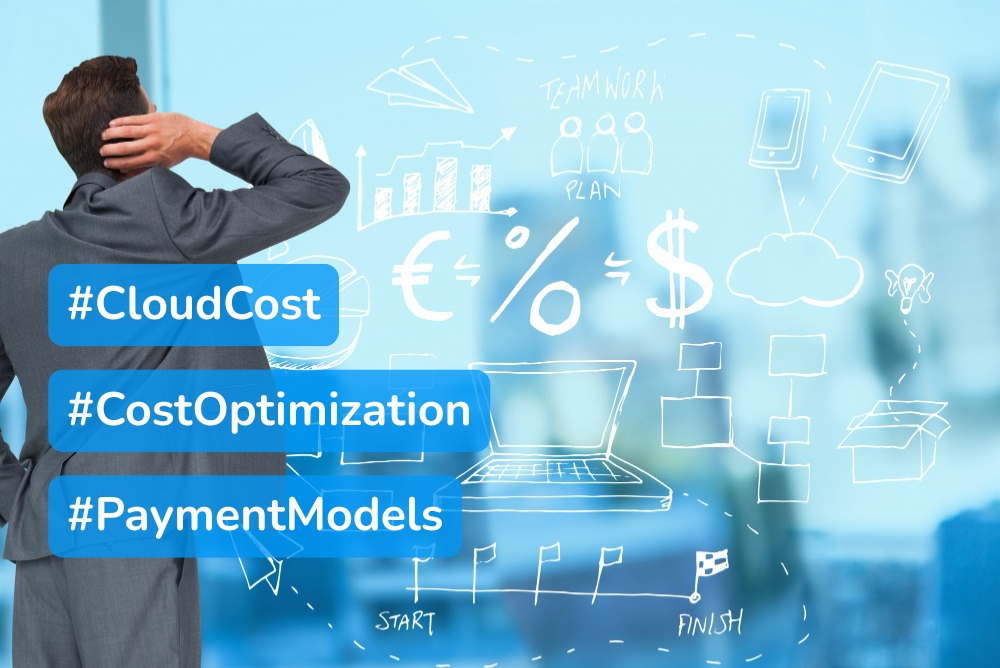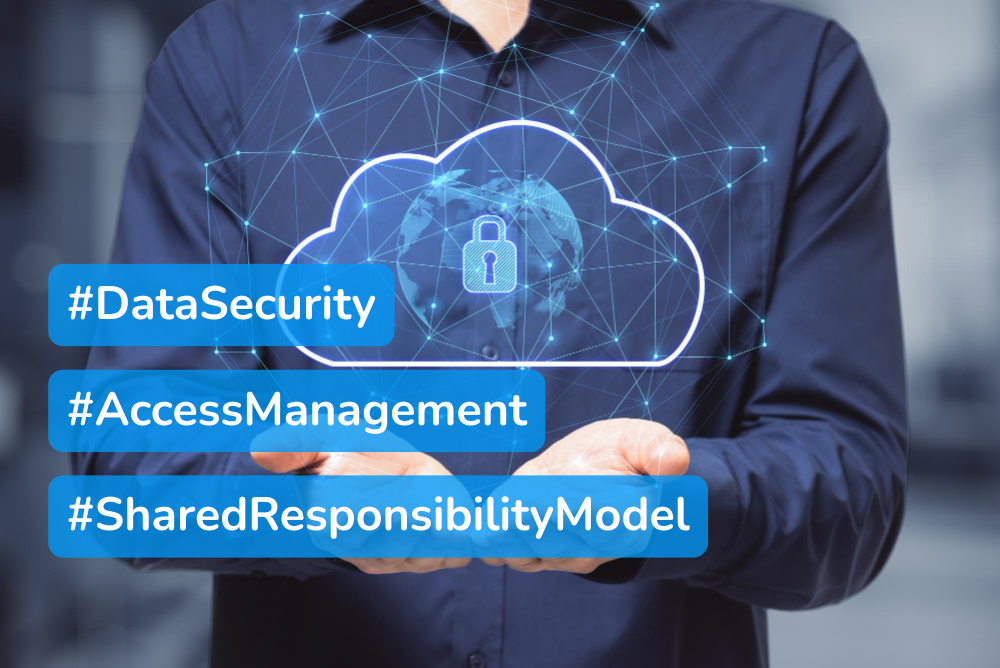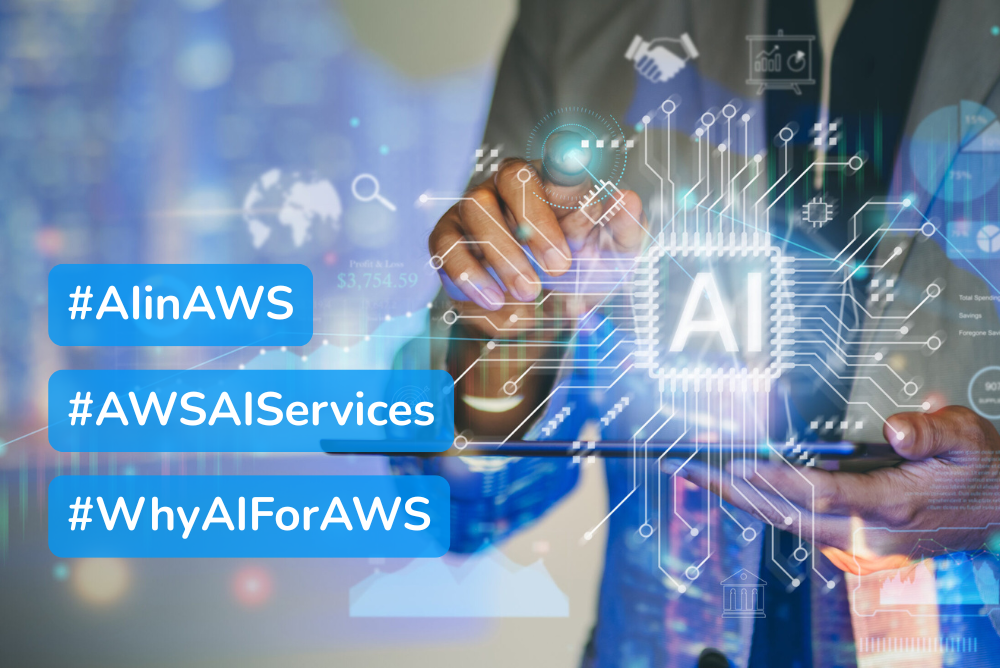Spis treści What is Microsoft Intune? Microsoft Intune is a modern MDM (Mobile Device Management) and MEM (Mobile Endpoint Management) tool that allows organizations to centrally manage their endpoint devices – both physical and virtual. It’s an integral part of the Microsoft Endpoint Manager suite, bringing together device management, app control, and security policies in […]
Data is one of the most valuable assets for modern companies, but its true value becomes evident only when it is properly analyzed and utilized to make better decisions. The key question is: Does your company fully leverage the potential of its data?
Unpredictable challenges, dynamic market changes, and growing customer demands? How can you cope with these? Is the cloud the answer?
Discussions about the cloud often revolve around its flexibility and scalability. However, I feel that, aside from the repeated buzzwords, this topic is not always discussed thoroughly enough. Let’s take a closer look at why these two aspects are so important.
Managing cloud-related costs is one of the key concerns companies face when adopting cloud services. Is it possible to control them? What should you do if your cloud budget is exceeded? What should be considered when deciding to move to the cloud?
Migrating to the cloud is a strategic move that can bring enormous benefits to your company, but like any major change, it requires careful thought. Before diving into the migration planning, it’s essential to take a step back and evaluate your current IT infrastructure and the challenges you face as a CTO. This crucial moment will determine whether cloud adoption will deliver the expected results.
The decision has been made to move resources to the cloud, migrate certain data, or just create backups. Should you open an account with AWS and manage it yourself, or is it better to find a partner? What does it really mean to “partner in the cloud”? What benefits come with such a collaboration?
“Is my data in the cloud actually safe?”
This is one of the most common questions that arises when businesses consider migrating to the cloud. And it’s a valid concern — data protection should be a top priority in any IT strategy, regardless of your organization’s size.
Artificial Intelligence is rapidly becoming a core part of business and everyday life — so it’s no surprise that more and more companies are embracing it.
Amazon has been investing in machine learning and AI for nearly two decades. These technologies power a wide range of its operations — from personalized shopping recommendations and warehouse automation to futuristic drone deliveries through Prime Air.


